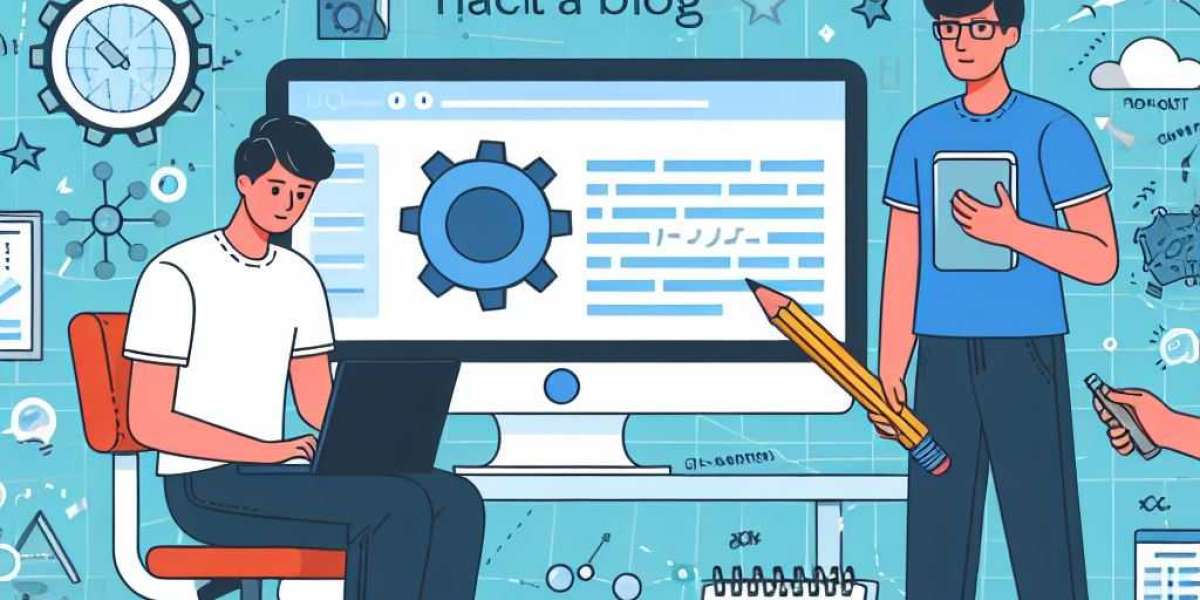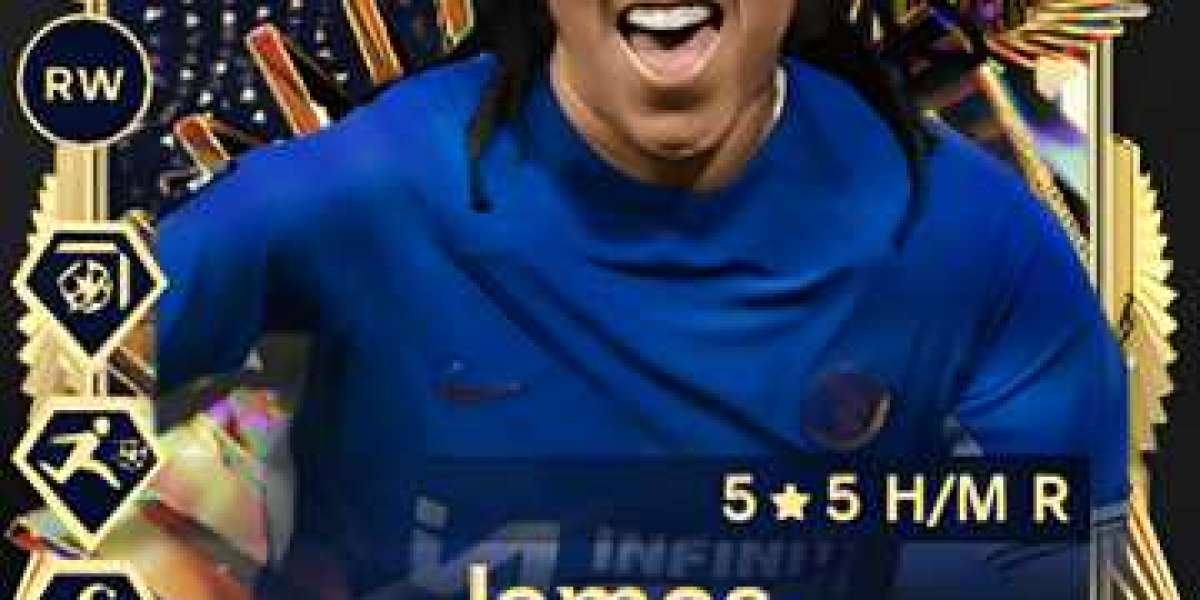OpenGL, renowned for its versatility in rendering 2D and 3D graphics, plays a pivotal role in modern computer graphics courses across universities. As students dive into this powerful API, mastering its concepts and applications can significantly enhance their programming skills and career prospects.
Embracing Practical Applications
One of the most effective ways to learn OpenGL is through hands-on experience. Classroom sessions that integrate practical exercises allow students to grasp fundamental concepts such as shaders, buffers, and transformations more effectively. These exercises not only reinforce theoretical knowledge but also prepare students for real-world graphics programming challenges.
Leveraging Online Resources
In today's digital age, students have access to a wealth of online resources that complement classroom learning. Websites offering OpenGL tutorials, code samples, and forums provide invaluable support. Moreover, for complex assignments or when seeking additional guidance, leveraging services like openGL assignment help Australia can be instrumental. These platforms connect students with experienced programmers who provide expert assistance tailored to their needs.
Collaborative Learning Environments
Encouraging collaborative projects fosters teamwork and enhances learning outcomes. Working in teams allows students to combine their strengths, share insights, and tackle more ambitious OpenGL projects. This collaborative approach mirrors industry practices, where teamwork and communication are crucial for successful project execution.
Integrating Feedback and Iteration
Effective learning in OpenGL involves continuous improvement. Encouraging students to iterate on their projects based on peer feedback and instructor guidance helps refine their skills. This iterative process not only strengthens their understanding of OpenGL but also nurtures a mindset of constant learning and adaptation.
Industry-Relevant Skills Development
Beyond academic settings, mastering OpenGL equips students with skills highly valued in industries like game development, virtual reality, and simulation. Employers seek candidates who can demonstrate proficiency in graphics programming, making OpenGL expertise a valuable asset in the job market.
Conclusion
In conclusion, OpenGL offers students a gateway to explore the dynamic world of computer graphics. By embracing practical learning, leveraging online resources including openGL assignment help Australia, fostering collaborative environments, and iterating on their projects, students can effectively master OpenGL. This approach not only enhances their academic journey but also prepares them for rewarding careers in graphics programming.








